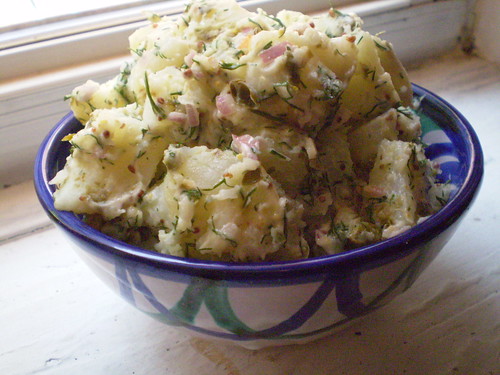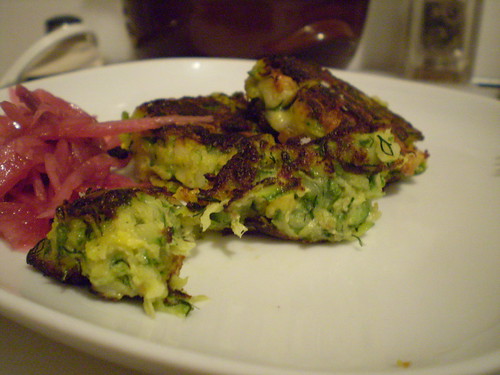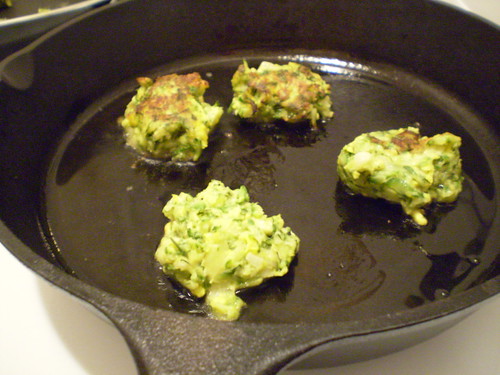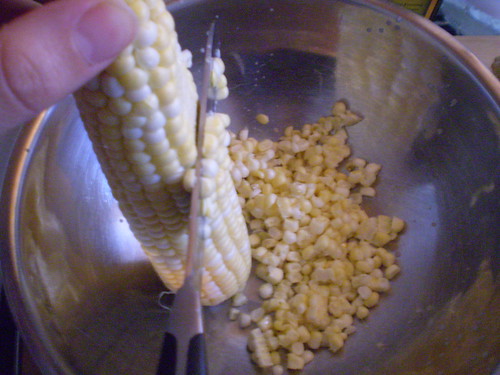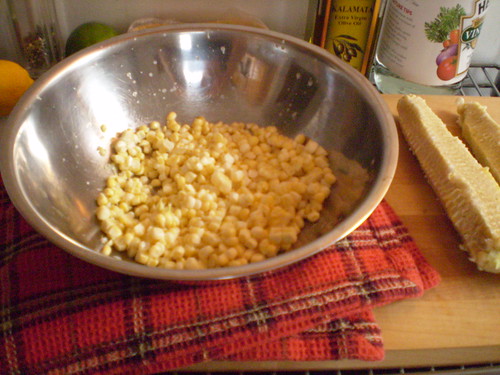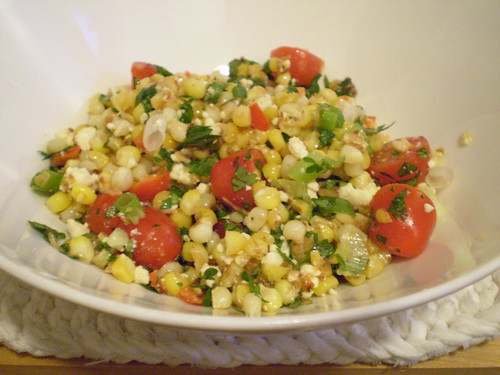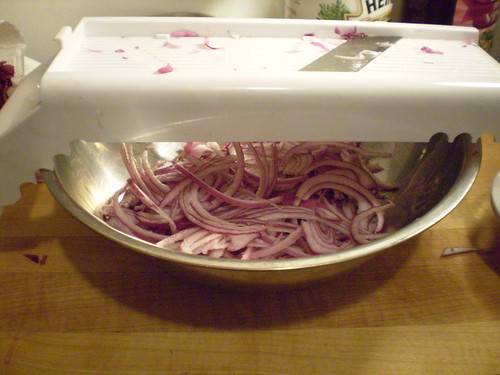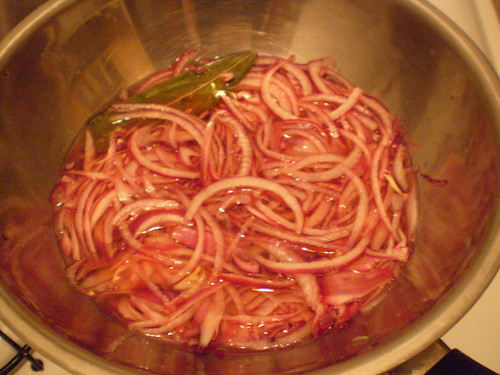Food Bloggers Against Hunger
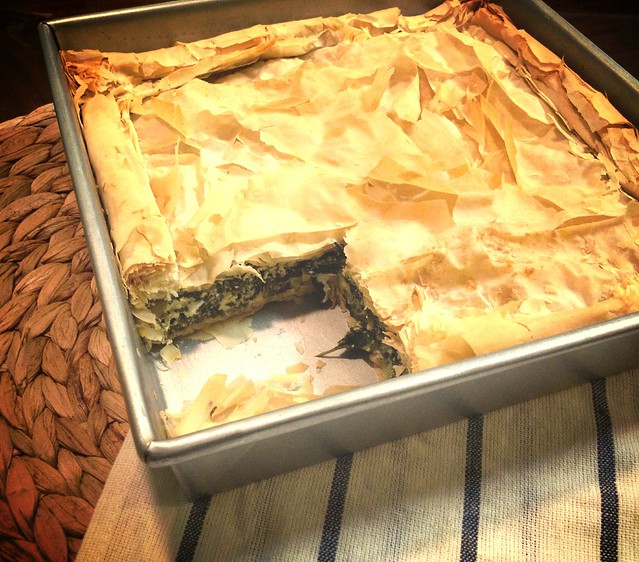
The minute I saw Nicole's tweet about TheGivingTable's campaign to get food bloggers to raise awareness for hunger in America, I signed up. I'm well aware that our food laws essentially work against the goal of keeping healthy food affordable. I first read about it in The Omnivore's Dilemna when Michael Pollan explained it in detail. When the movie Food, Inc. was released, I went to a screening and sat there frozen to my seat in disbelief about how many, many things, in our food system seemed to defy logic. The biggest barrier to access to healthy food is the cost. Government subsidies do not go towards fruit and vegetable producers, but to producers of corn, wheat, and other ingredients that are staples in processed foods. That is why a McDonald's cheeseburger is cheaper than a head of broccoli. That is why, if you rely on food stamps (thee SNAP Program) to feed yourself or your family, you are hard pressed to afford to eat unprocessed foods all of the time. This problem is the focus of a new documentary by Participant Media—the same studio that made Food Inc.— the film follows three families struggling with food insecurity, and sheds light on hunger in America.
I think the easiest way to eat healthy, and not spend a fortune is to cook at home. That's in part because I've learned how to cook, and possibly because I have no real memory of living on food stamps as a kid, though I did, briefly. I've never had to worry I'd go hungry, and nobody in this country should either. Although, living in NYC makes it hard to plan to eat home (or stick to a budget) all the time, I think it's a good idea to cook something big at least once a week, leaving you leftovers that can be repurposed for another meal or two. I'd do it even if I didn't like to stay home and cook in my free time.
There are tons of resources online to finding budget-friendly meal ideas. And, I'd be amiss if I didn't give a shout-out to Cathy Erway's blog, Not Eating Out in NY, as a resource for recipes and the cost-breakdown of how much it costs per person to make each dish, which will blow your mind, especially if you're used to buying your meals out. This Sunday, I set out to make something that would be cost-conscious and healthy, and last for another meal since I wasn't feeding the proverbial family of four - in my case it's often neighbors and one demanding Chihuahua. I made a Spanakopita, aka Spinach Pie, because it's one of my favorite comfort foods that includes vegetables. It keeps for a couple of days, and all the ingredients are available in any grocery store. I lowered the feta amount, because feta isn't that affordable, and mixed in ricotta which stretches further for your dollar. Plus the leftover ricotta can be used in another dish (Lemon-Ricotta pancakes is what I might do with it). Lastly, the basic recipe, for a baked "pie" wrapped in phyllo dough can be stuffed with so many things - leftover shredded chicken, or other veggies. I hope this post will accomplish three things: 1) Get you to sign the Share Our Strength Petition to support anti-hunger laws; 2) encourage you to cook something at home; and 3) realize that not all food bloggers eat fresh pasta with truffles and artisinal ice cream all of the time. Well, in truth, this blogger might be eating fancy ice cream, but I'm still working on that budget thing.

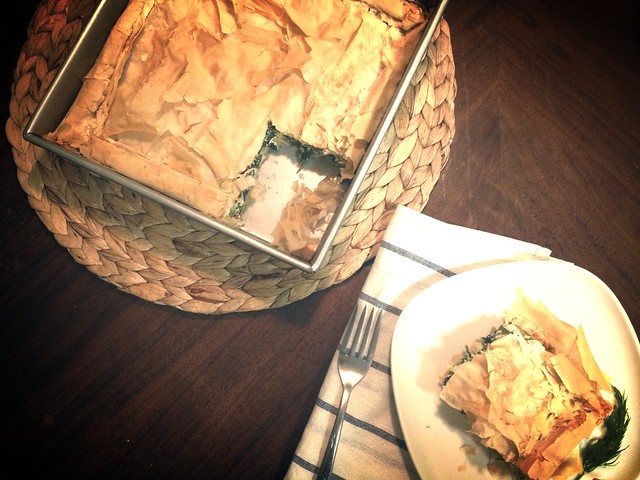
A Place at the Table premiered on March 1st, 2013. You should watch A Place at the Table, to better understand the problem, and why we need to push for legislation that will subsidize the things we should be eating, not those that we shouldn't, so that everyone can have access to healthy food. It's available for download at any of these sites:
Amazon: http://amzn.to/ZVvEPk OnDemand: http://on.fb.me/XbxtaC Google Play: http://bit.ly/10XSwAG iTunes: http://bit.ly/APATTiTunes
SNAP—the nation’s food stamp program—is at risk for severe cuts that would impact millions of families, especially children, that rely on school meals and food stamps to survive. In response to the film, the country's leading anti-hunger organizations, Share Our Strength, Bread for the World, Feeding America, and The Food and Research Action Center, are asking supporters to help spread the word.
Private sector programs and charities aren’t enough. The only sustainable solution is for government policies to change, so we must make our voices heard.
Please take a moment today to tell Congress to support anti-hunger legislation by signing this petition that the folks at Share Our Strength are introducing to protect Federal Nutrition programs for kids.
Spanakopita
Adapted From Modern Greek, By Andy Harris
- 1 package phyllo dough, defrosted
- Olive oil or melted butter
- Filling: 2lbs. fresh spinach (frozen could work too)
- 8 green onions (or 2 small yellow onions)
- 1 glove of garlic minced
- 1 tablespoon of olive oil
- Dill, or a mix of dill and parsley
- 1 package of feta cheese (mine was 7 oz)
- 1/2 cup ricotta cheese
- 2 eggs, beaten
- 1/2 teaspoon salt
- 1/2 teaspoon nutmeg (optional)
Prep the filling: Wash the spinach, and blanch in boiling water for 20-30 seconds until it slightly wilts. Immediately rinse with cold water to stop the cooking, and leave in a colander to drain well.
Chop the onions and garlic and sauté in tablespoon of olive oil until a starting to soften, about 3-4 minutes. Combine in a bowl with chopped herbs, eggs, cheeses and seasoning. Squeeze any remaining water in the spinach out before adding to the bowl. Mix all to combine.
Assemble the pie: Preheat the oven to 350 degrees Fahrenheit. Prepare the phyllo dough according to the package (normally bringing it to room temperature, and keeping it covered with a damp towel while you work). Take any deep pan you want to use (I used a square 9 inch, but you can use anything as long as it has sides), and start to layer the phyllo dough in the bottom. Cut the phyllo a little bigger than the size of your pan, if you want to fold it over the top, otherwise cut to size (I use the overhang method so the filling doesn't escape). Brush the bottom of the pan with a small bit of olive oil, and continue to brush each layer with a little olive oil to coat. If you use too much it'll be greasy. Be really gentle, the dough tears easily. If it tears, just layer another scrap over it. Do about 6-8 sheets for the bottom layer.
Pour the filling in, and spread evenly around the pan. Repeat the layers for the top, and fold over any that you had from the bottom layer. Sprinkle water on the top to prevent burning, or brush with milk. Bake for 40-45 minutes or until golden. Let cool before cutting.
